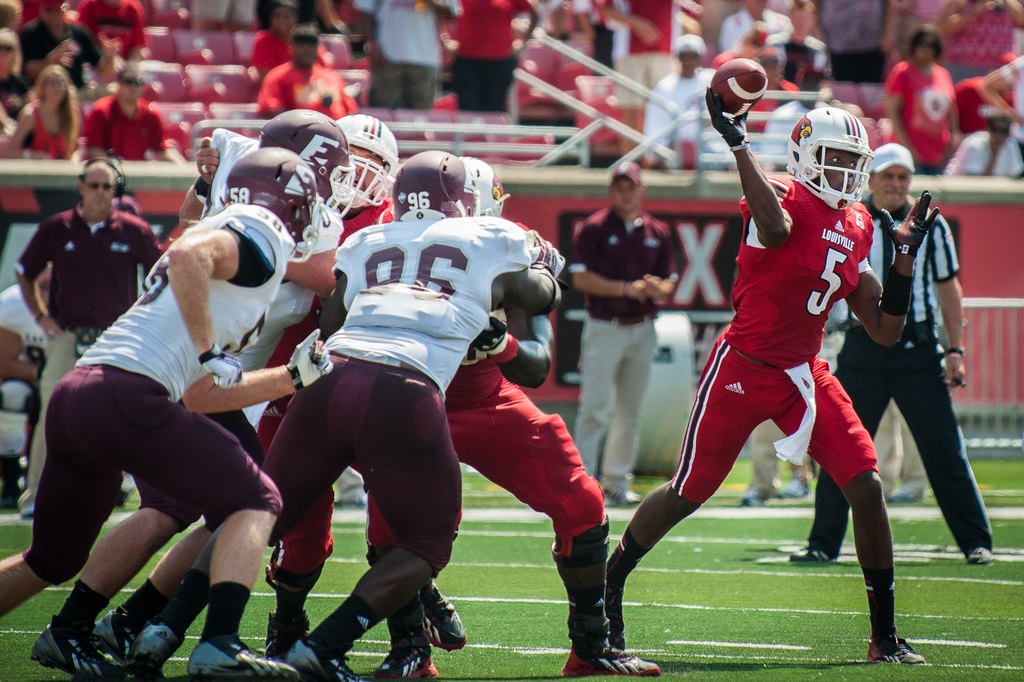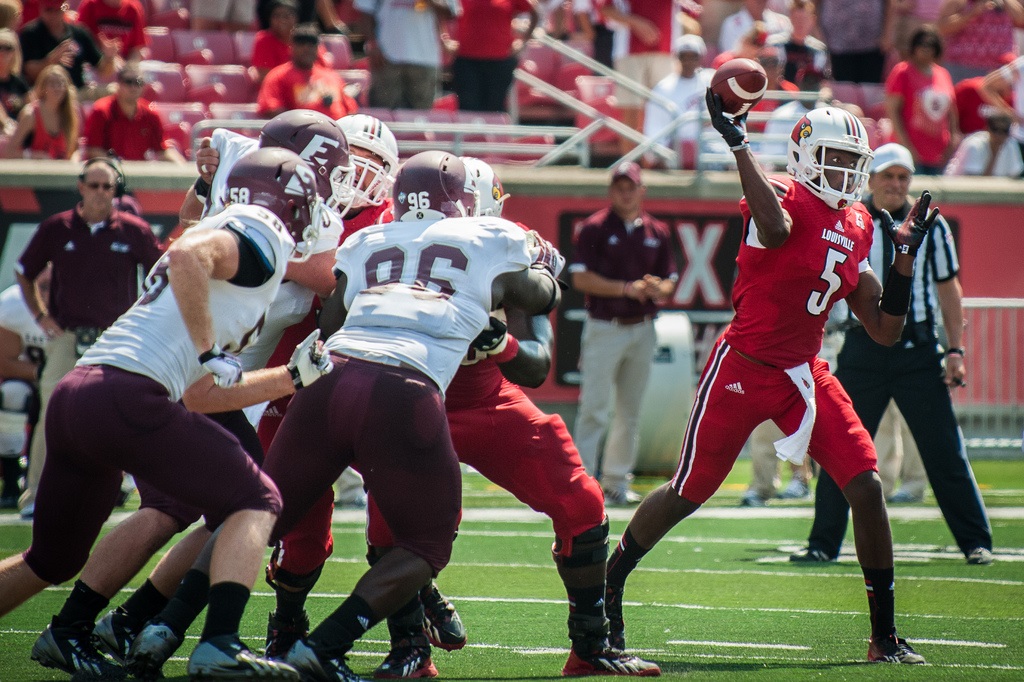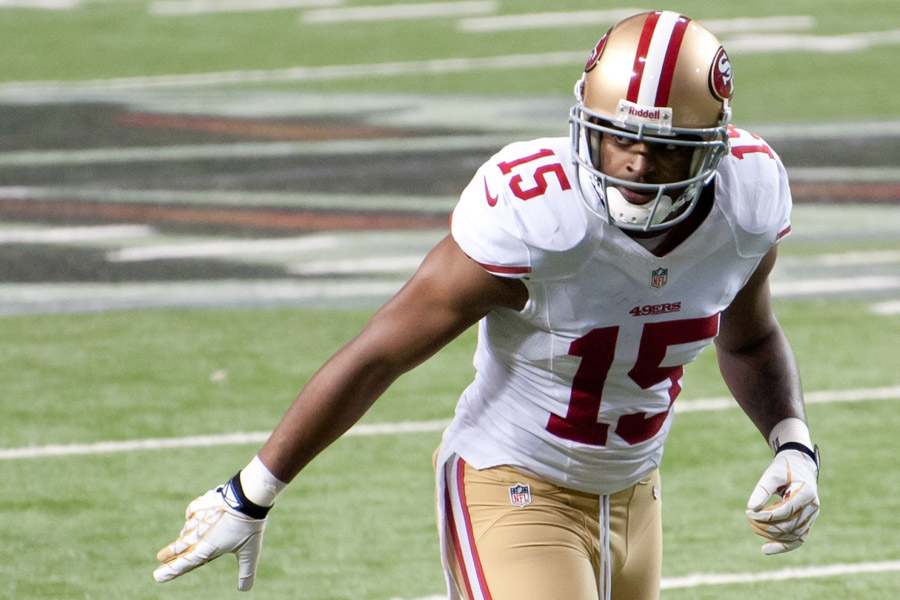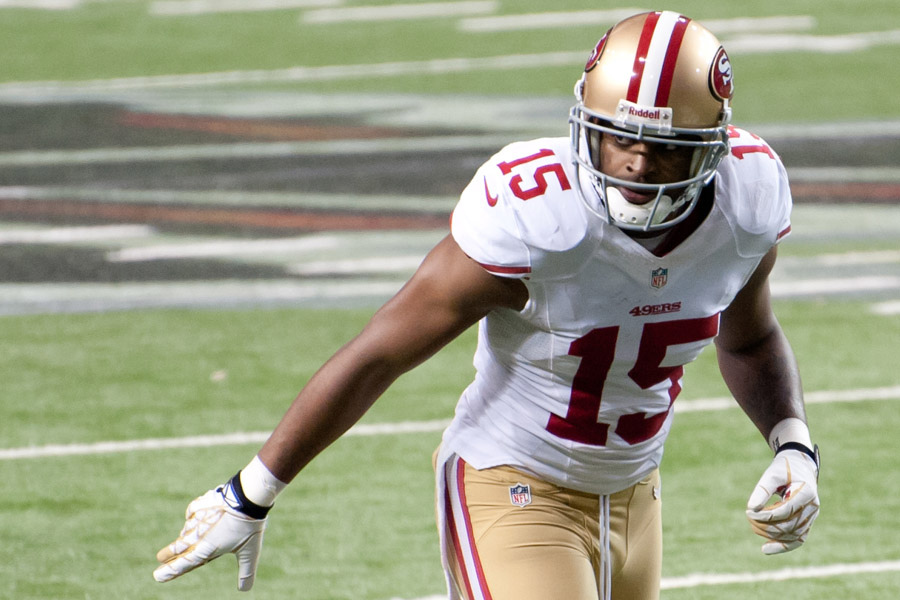
This Week’s RLV: A pro scout’s take of the Super Bowl, RSPWP3, Snowjobs, Danny Barker, and The Staple Singers.
Welcome
If you’re new to the Rookie Scouting Portfolio blog, welcome. Every Friday, I post links to things I’m checking out when I’m online. You may not like everything listed here, but you’re bound to like something. It’s also my chance to thank you for reading my work and encourage you to follow the RSP blog and buy the Rookie Scouting Portfolio publication.
For those of you new to the Rookie Scouting Portfolio, the publication is available every April 1. You can learn more about the RSP here. If you want to see samples of the play-by-play notes I take to write the analysis, you can find them here. And to download past versions of the publication (2006-2012), go here.
This month through February 10, I’m offering an early bird discount to those who pre-order the RSP.
In addition to the RSP and the post-draft publication that comes with it a week after the NFL Draft, 10 percent of each sale is donated to Darkness to Light. This organization is a non-profit devoted to preventing and addressing sexual abuse through community training in schools, religious groups, and a variety of civic groups across the U.S.
Here is what the RSP donated to D2L this year. According to D2L, the RSP’s 2013 donation amount was enough to train 250 adults in communities across the country.
RSP Writers Project (RSPWP)

The RSP Writers Project is an event I’ve hosted for two years at this blog that features football writers from around the country engaged in an exercise designed to make these scribes and readers think about the complexities of the game in a different light. RSPWP1 was a team-building exercise where we assembled teams with a salary cap (try it yourself by downloading the spreadsheet here) and presented these squads with posts that discussed our player-personnel choices and strategic philosophy for the offensive and defensive units.
Here is one of my two teams with a post that discusses the roster and a second post that presents the strategic philosophy through a Q&A format.
RSPWP2 was a 32-team draft with over 20 rounds held on Twitter (#RSPWP2) and draft commentary hosted here. In recent weeks, I’ve had more than a few writers ask me if there will be an RSPWP3. The answer is yes.
And in the spirit of the RSPWP, the third incarnation of this exercise will take a different approach. The RSPWP3 writers will inherit teams with a specific set of personnel, conditions, and circumstances. Their job will be to present a three-year strategic plan to ownership.
Each owner will present their plan as a post on the RSP blog. Readers will be given access to each team well before the presentations are made so they can play at home. More details soon.
If you participated in RSPWP1 and/or RSPWP2 and you wish to be a part of RSPWP3, you can drop me a line or wait for me to contact you sometime in February.
Listens
[youtube=http://youtu.be/CqwCriy2Vqo]
In Case You Missed It and What’s Also Ahead at The RSP Blog
- Futures: Teddy Bridgewater – The darling of the Twitter football writer scene gets the RSP treatment.
- Sr. Bowl WR Technique Roundtable – Five wideouts discuss five techniques important to their craft.
- Boiler Room: Arizona State RB Marion Grice – Not the most physically talented of the 2014 RB class, but man do I love how he plays football.
- Blake Bortles Analysis vs. South Carolina -Want the goods on this UCF QB? Facing the Gamecocks’ defense is a good way to get it.
- Coming Soon: No-Huddle Series: Cal TE Richard Rodgers- Lots of promise, but can he fulfill it?
- Coming Soon: WR Kelvin Benjamin Analysis – I haven’t decided whether this will be a Futures column or analysis entirely on this blog. Stay tuned.
- Coming Soon: RB Kapri Bibbs and the difference between “college good” and “NFL good.”
Listens
[youtube=http://youtu.be/R6dp9_fK3Rc]
Woody Shaw and Joe Farrell playing a fast blues. I could think of far worse things to do than listen this on a Friday.
Reads (Football)
- Smart Football’s Who’s Laughing Now? – A fine piece on Seattle’s defense highlighting it’s simplicity and it’s subtlety.
- Greg Peshek’s WR Metrics 2.0 – Another part of Peshek’s examination of receivers through statistical analysis.
- The Criticism of Roger Goodell Goes Too Far – Mike Tanier stands his ground on Goodell bashing and the state of football.
- The Man Behind The Beast Mode – I had the pleasure meeting Ryan Riddle last Saturday. As always the writing is insightful and the analysis if Lynch’s running style is worth the read alone.
Views
Super Bowl Thoughts
Someone I talk with on occasion has experience as a pro scout and we broached the topic of the Super Bowl this week. I’m sharing some of his thoughts because I think they provide some nuances about this game that many of you will enjoy.
One Seattle’s Cover 1 – Cover 3 Defense
There is some oversimplification with the way some writers are describing this defense as straight forward, in-your-face/try-and-beat-us, scheme. Yes, they primarily run Cover 1 and Cover 3, but there are a truck-load of subtle differences up front . . . there’s a lot of subtlety.
What Seattle’s Style of Defense Can Do Against Peyton Manning

People tend to focus on blitzing and splash plays when they discuss defending Manning, but it’s the subtle things like knowing when Manning wants to hit an “under” or a mesh and taking it away.
Some of the best film on a team hemming in Manning this season was Week 6 against Jacksonville, who basically cloned Seattle’s system. They forced Manning to repeatedly play it safe and Manning was impatient. They wouldn’t give him anything, but short stuff. They played a lot of two-high and also pressed the receivers often.
Take away all of Manning’s favorite plays and a team can hammer the Broncos on levels early and only let him have the shallow under. Jacksonville wouldn’t let Manning have a corner route on the smash concept – only the smash. They also took away the seam route to Julius Thomas and played some Tampa 2 on downs where they noted a tendency for Manning to throw the seam.
They also made Manning check down to the running back on 3 and 4-verticals. Eventually he got frustrated and tried to force a seam route that Paul Posluszny turned into a pick-six. However the Jaguars didn’t have a guy on defense who could do what Earl Thomas does, which means they had to play more Cover 2
Seattle will also have its defensive tackles squat and get its hands up in passing lanes on downs where the team has spotted tendencies for specific throw. The Seahawks will have a set of these subtle things in its game plan to force Manning to settle for routes he doesn’t want to throw.
By taking away his deeper options, he’ll hold the ball more too. When he gets it out fast, he’s pretty much a machine. What should worry Seattle fans is how good Manning is at finding the X & Z Curl versus Cover 3. They have to throw a wrench in to that.
What about hitting Manning? I thought Seattle got decent pressure on him in the preseason . . .
Hitting him is key, too . . . . not even knockout hits; just hit Manning every play. He got the crap knocked out of him in that Jaguars game.
Seattle will press the hell out of Denver, too. It might cost them if Demaryius Thomas can get into Richard Sherman’s head. I’m not sure Thomas has the mental toughness to win that match-up though; Sherman is a driven man. Thomas has had an efficient playoff run so far, but he’ll have to man-up and beat press play after play.
Prediction?
I can’t see Seattle winning with Russell Wilson throwing the ball 30-plus times. The Seahawks defense needs to cripple the Denver offense and turn the game into a defensive slug fest and battle for field position. Ultimately, I think it ends up like Denver’s other two playoff games – 27-17ish.
Reads (Non-Football)
- How 2 inches of snow created a traffic nightmare in Atlanta – When I came to Atlanta in the 1980s, the racist joke I often heard about MARTA – the city’s transit system – was that it stood for “Moving Africans Rapidly Through Atlanta.” Well folks, this storm is part of the unintended consequences of a city that didn’t want to invest in its mass transit as a top priority. A previous generation of Atlantans afraid of black people moving to suburbia in the 1970s and 1980s helped create this nightmare for a city now known as the “Black Mecca.” Ain’t that something . . .
- The Government Is Using Data From Your Apps to Map Your Political Alignment – Just another demographic study to benefit Corporate America.
- Annotation Tuesday! Buzz Bissinger’s “The Killing Trial” – Courtesy of Alen Dumonjic, who sent this to me in a private message. I’m putting it here as a way to save it for future reading.
- Why Do The Super-Rich Keep Comparing Obama To Hitler? If you ask me, their plan to impede the service capabilities of MARTA and other mass transit authorities didn’t work out so they’re now at DEFCON 2.
- Death-Bed Confessions of William Butler Yeats – The author writes “If a man like that could look back on a lifetime of accomplishments and chalk them up to empty vanity, what hope is there for everyone else?” I think the author doesn’t get the fact that if a man like that can be this self-critical, that it’s best not to take life and work too seriously. But that’s just me . . . what do I know?
Listens
[youtube=http://youtu.be/-1pYKdqD1ls]












